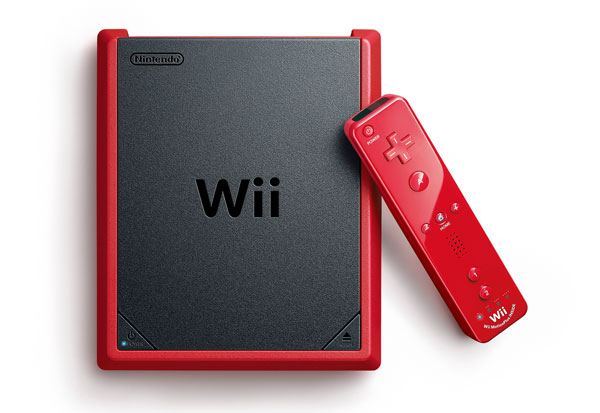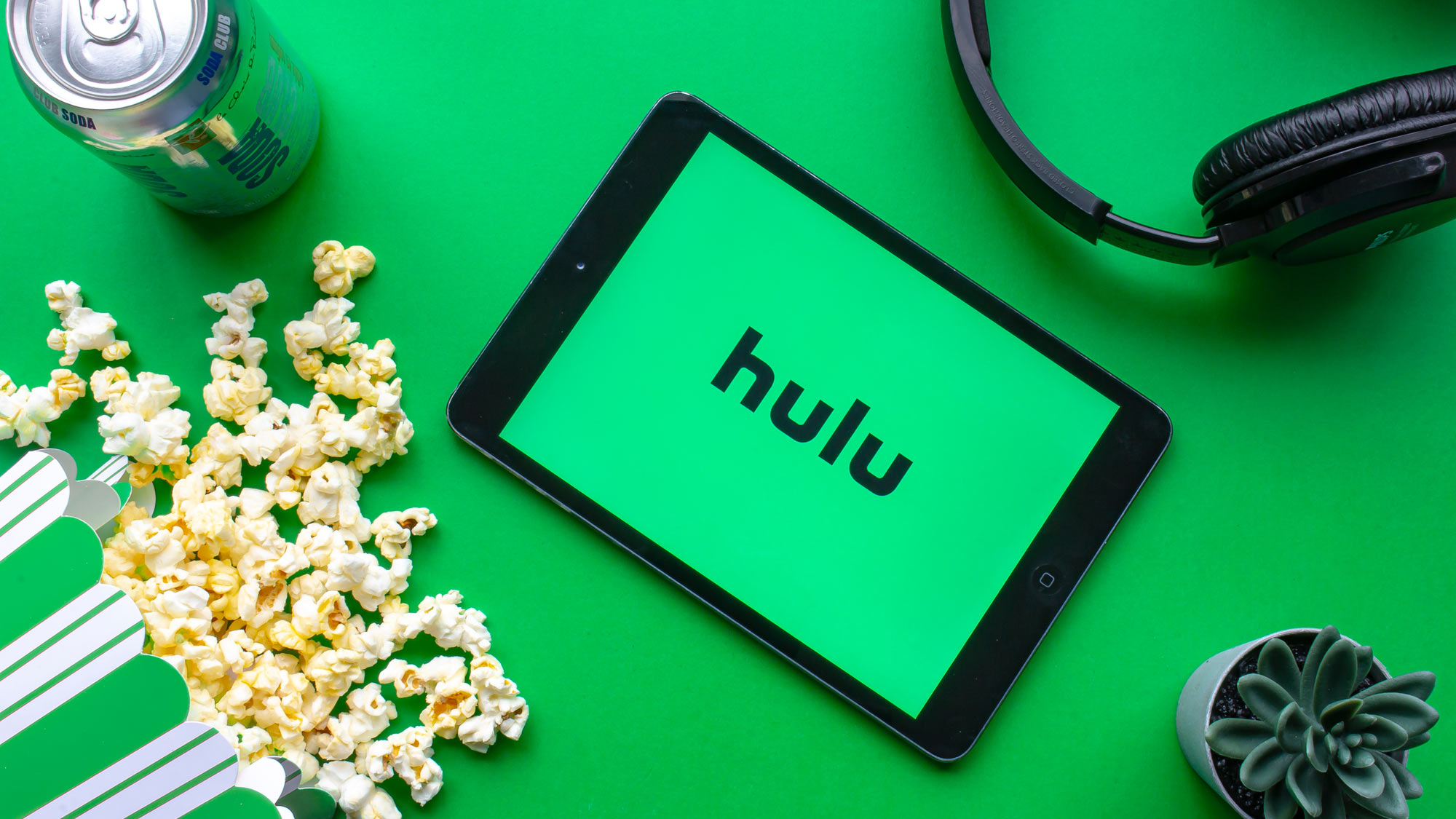Nintendo Brings Wii Mini to the U.S. -- Should You Buy One?
The simplified version of the Wii is coming out in the U.S. later this month for $99, but are the trade-offs worth the lower price?

Last year, Nintendo announced the Wii Mini, a slimmed-down, simplified version of the aging Wii console. The Wii Mini was released in Canada in December 2012, followed by the U.K. in March of this year.
Now, the $99 console is coming to the United States, hitting stores on Nov. 17. Since Nintendo has already sold 100 million Wiis, this version of the console is aimed at budget-minded and casual gamers who haven't already picked one up.
But with Nintendo already selling its $300 Wii U, Sony's $400 PlayStation 4 coming next week and Microsoft's $500 Xbox One the week after that, should you buy a new piece of old hardware?
Let's look at the pros and cons of the Wii Mini.
MORE: PS4 vs. Xbox One: Console Comparison
PROS:
1. Price. At only $99, Wii Mini will be the cheapest console on the market. The basic Wii costs $129. Even the aging Xbox 360 and PlayStation 3 are more expensive, starting at $180 and $200 respectively.
2. Compatibility. The Wii Mini will play the 1,300 games that have come out for the Wii since 2006, and will handle most of the various available accessories.
3. "Mario Kart Wii." It comes bundled with the Wii Mini, and it's a really fun game.
4. Design. The Wii Mini is smaller and more energy-efficient than the full-sized Wii, and for those who want more than the simple white or black color schemes of the past, the Wii Mini has red trim with a red Wii controller and Nunchuk secondary controller.
CONS:
1. Design. Many reviews of the Wii Mini say it seems to be made of cheap plastic and lacks the solid feel of the original Wii.
2. No Internet access. This is the biggest con, because it means the loss of many things. There is no online multiplayer for games on the Wii Mini, including "Mario Kart Wii." There's no buying downloadable games, including the classic games for older platforms on the Virtual Console. And there's no streaming Netflix — in 2011, 25 percent of all Netflix streaming customers accessed the service through a Wii.
3. No SD card slot. Without support for SD cards, there is no ability to look at photos, or to download games on another system and move it to the Wii Mini.
4. No GameCube support. For the first few years, the original Wii supported game disks made for Nintendo's previous console, and also supported GameCube controllers and memory cards. Later models ditched this feature to cut costs, and likewise, the Wii Mini does not have it.
5. No component video output. The Wii Mini does not have component video output, which splits the TV picture into three signals to give you a 480p picture. Since the original Wii did not support high-definition resolutions or HDMI cables, component video was how you got the best picture out of the system. On the Wii Mini, users must settle for an antiquated composite cable with a single video signal, resulting in an interlaced, fuzzy image. How much money could Nintendo have saved by not providing a basic capability such as component video?
6. No support for Wii U games. It may seem obvious to gamers that a scaled-down Wii won't play Wii U games, but to the average person, it doesn't make sense that a brand-new console can't handle games made for a console released a year earlier.
MORE: 7 Game Boosters and Overclocking Tools
Conclusion
Do not buy a Wii Mini. The loss of multiplayer gaming, the lack of downloaded games, the inability to stream Netflix and the fact that you can't even get a sharp picture are too many sacrifices to save $30.
If you really want an inexpensive console, hunt down the original Wii while you still can. Or pick up an Xbox 360 or PlayStation 3 during a Black Friday or holiday sale. With the next generation of consoles coming this month, prices on refurbished, used and overstocked previous-generation machines will become even cheaper.
Follow Kevin Ohannessian at @khohannessian and on Google+. Follow us @tomsguide, on Facebook and on Google+.
Sign up to get the BEST of Tom's Guide direct to your inbox.
Get instant access to breaking news, the hottest reviews, great deals and helpful tips.
Kelly Ohannessian is a freelance writer and editor. With more than 15 years of experience, she works with a focus on covering the creative aspects of the gaming industry. Her articles have appeared on Medium, Fast Company, Tom's Guide, Laptop Mag, Gamespot, and many more. Currently, she works as a manager at Brooklyn Game Lab.
-
wolley74 1. Design. Many reviews of the Wii Mini say it seems to be made of cheap plastic and lacks the solid feel of the original Wii.Reply
I'm sorry but what? you're not manhandling the thing 24/7, you plug it in and let it sit, why does it matter if it feels cheap when you don't ever really move it -
xiinc37 Step 1: Download Dolphin 4.0 for freeReply
Step 2: Retain all the functionality of a launch Wii and Gamecube while also playing being able to play multiplayer GCN games online and rendering everything in HD+
Step 3: Screw Nintendo and their ancient overpriced hardware. Even $100 is too much. -
belardo This is considered junk... mostly aimed at 3rd world countries. Its not worth it. Its a cheesy design and only looks good from above.. I don't think it includes a Nunchuk. Its not really a mini, as its the same size as a regular Wii. There are plenty of reviews from canada.Reply
What is confusing... is expecting this to play wiiU games... this is a 1year old varient Wii, nothing more. -
tului The no internet(as such no downloadable NES, SNES games) was the only reason I'd have bought this thing. Of course, in most non 3rd World countries, $30 isn't a big difference either and people who want the online feature and all the rest it enables will gladly pay that difference.Reply
